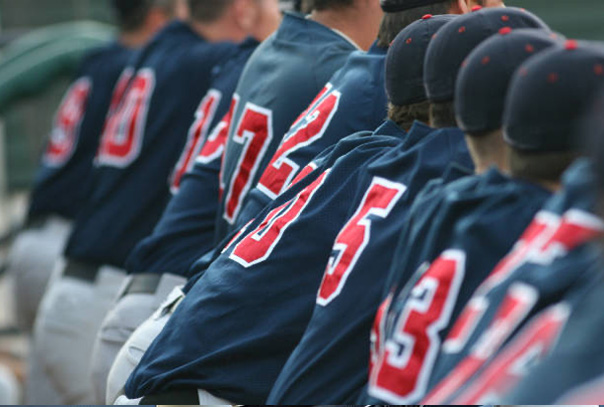 This past July, just weeks into my new role as an assistant coach at the University of Miami, I was out on the recruiting trail in Atlanta when a player caught my attention. My evaluation read like this:
This past July, just weeks into my new role as an assistant coach at the University of Miami, I was out on the recruiting trail in Atlanta when a player caught my attention. My evaluation read like this:
“Smaller-sized frame but has some strength and athleticism to him. Hits from a wide base, using a compact load. Quick left-handed bat with good feel for the barrel. Sneaky thump for someone his size. Tick above average runner. Saw time at all three outfield spots with solid actions, but profiles best in center or left with average arm strength.”
At this event, there were hundreds of immensely talented players like the one described above. But it was the last thing I wrote to finish his report that separated him from the pack:
“Hustles all over the field. Baseball player. Gamer. Top-step teammate.”
The foundation of the baseball industry is built from the ability to evaluate. In coaching, you need to be able to see what a player does well and where he may need improvement in the moment; in scouting and recruiting, you are using the proverbial crystal ball to look at a player in the moment, and figure out what he may become three, four, or even five years down the road. The physical attributes of a player are easy to see, and with some incredible advances in technology in recent years, can be assessed even more accurately with objective data that erases the eye of the beholder biases.
For as well as players are evaluated in this day and age, a commonality found in development continues to stand the test of time today as it has for generations: the uber-talented can’t-miss prospect, misses, while the long-shot roster-filler turns into the hot shot star. How does that still happen, even with all of the resources available to us today? Again, it’s easy to see how a player plays. What is hard, is seeing what is going on inside of that player playing, which is truly where and how that magic of development happens. Because inside of the player, you will find the answers to questions such as how is his attitude; what kind of work ethic does he have; is he competitive; can he be coached; and what kind of teammate is he?
As for that player in Atlanta...once I realized that his baseball ability was at a level we were looking for, then came the hard part to determine what was inside of the kid to answer the aforementioned questions. I stopped watching the game and focused only on him, and everything he did. I watched him on the bench to see how he watched the game. I paid attention to the way he interacted with teammates and coaches. I noticed what he was doing when he wasn’t involved in a play. He had an energy about him that others clearly fed off of. While playing defense, he was always talking to those around him. When a teammate did something positive, he was one of the first people to recognize it and offer a high five. And when he wasn’t in the game he was in the game, mentally, almost always doing something to lift up someone else, seemingly always from the top step of the dugout. He was, in every sense, the epitome of what I called the top-step teammate; a player who is all about his team and his teammates.
Yes, this player was good enough to play for us, but as important, he appeared to be the right type of person we wanted as well. We are currently living in the age of individuality, which can be both a blessing and a curse. Private, individualized instruction has helped players tap into their talent unlike they ever have before, but at the same time, often puts them in a bubble that doesn’t take into account the team element of the game. As a coach, our job is to help maximize our players’ abilities in order for our teams to win more games. Those two things are not independent of one another. The top-step teammate won’t just help your team by doing what he does with his own talent; he’ll also make the team better by making his teammates better by being who he is. Collect a team of talented top-step teammates, and you may just end up with a championship team.